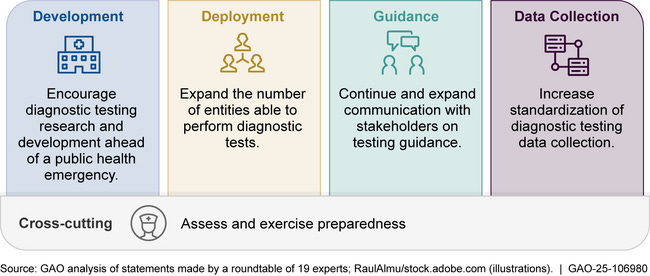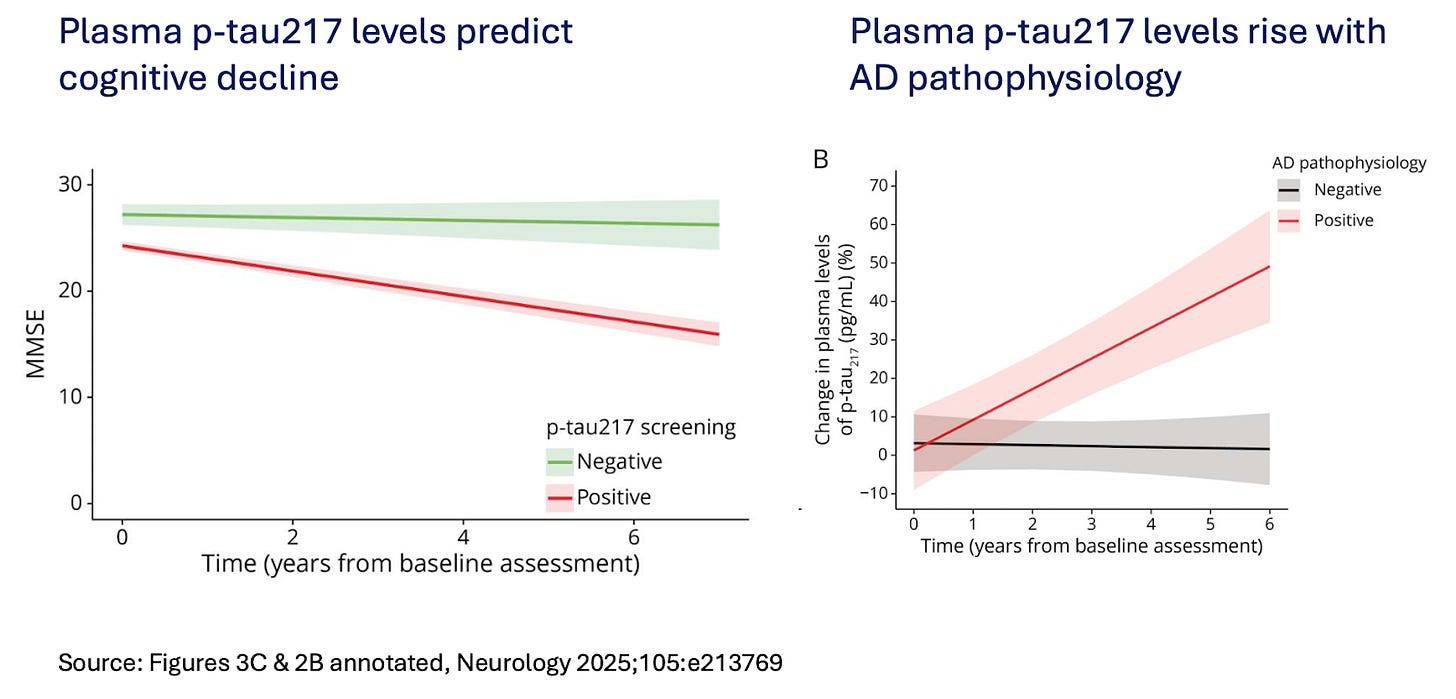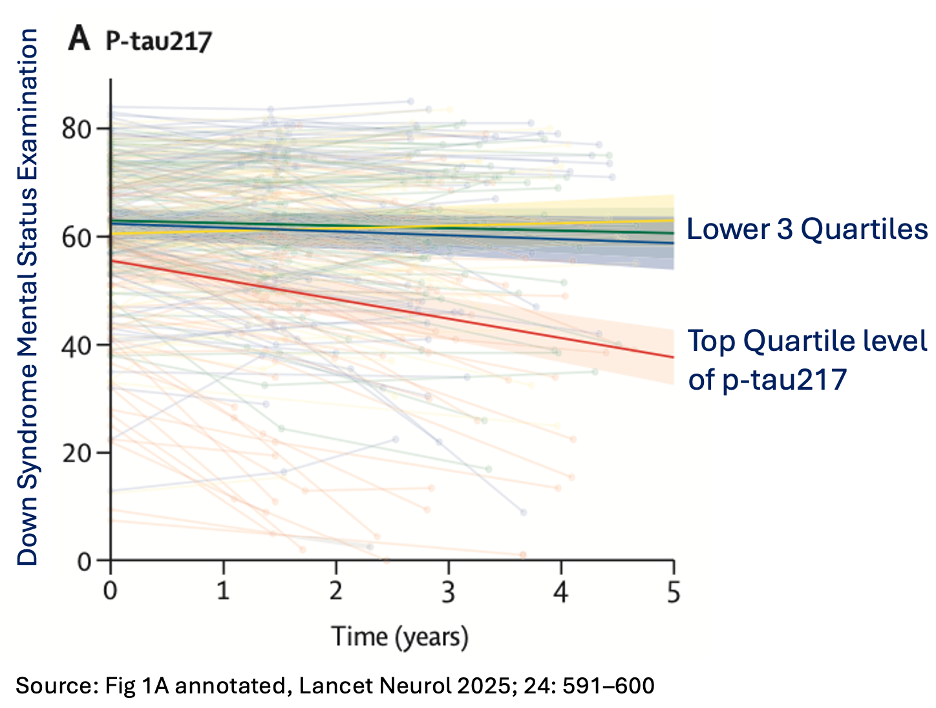ALSO IN THIS ISSUE
GAO report recommends coordinated national testing strategy
More evidence for p-tau217 as Alzheimer’s biomarker
Do home medical tests really “miss the mark”?
Summer wearables (none of them are cute sandals, sorry)
News about a bunch of interesting new wearable diagnostics has popped up over the past few weeks. Here’s a sampler of what’s in the pipeline.
Sweat on demand
We’ve covered a few diagnostics that use sweat as a sample (a patch, a finger wrap, and an undescribed “sweat sensor device”). But to test someone’s sweat, you’ve gotta get them to, well, sweat. But what if the patient doesn’t want to get up and jog (or can’t)? Someday, you might use a fabric-based electrochemical system. It includes a hydrogel that helps the fabric stay adhered to the body and uses a low-voltage electric current to (painlessly) encourage a small patch of skin to sweat.
Ultrasound on a patch
Ultrasound is an incredibly useful imaging tool, especially for solid organs (think kidneys and spleens) and things that have fluid inside them (bladders and hearts, for example). But like pretty much all imaging, it requires the patient to sit still while a clinician performs the scan. To remove that barrier, researchers have developed a rigid ultrasound probe on a tough piece of hydrogel that can be attached to the body for 48 hours. It can even be worn while the patient exercises - layers of elastic material help keep the probe in place.
Nanoneedle biopsy
Okay, an ultrasound probe is one thing, but a biopsy performed by a patch? Yes, it’s possible - if the patch is outfitted with needles so small, they don’t even damage the tissue they’re inserted into. The device can then replicate how the molecules it collected were spatially arranged within the body. That appears to be enough information to tell whether the tissue is cancerous.
COMMENTARY: GAO report recommends coordinated national testing strategy
This newsletter began during the height of the pandemic, when our nation’s (in)ability to test for an infectious disease was top of everyone’s mind. We still think that ability is crucial. So we heartily agree with the recommendations that appeared last month in a report from the US Government Accountability Office (GAO) on what’s needed to improve infectious-disease testing for pandemic threats. Among the roughly 100 actions it says that HHS should take, two main themes emerged:
Create “a national testing strategy that sets clear roles and responsibilities and improves collaboration”
Assemble “a coordinating group for all relevant partners”
The report also recommended four areas of action for the agency (see image).
The ball is now in HHS’s court. Unfortunately, unless a true emergency arises, we don’t expect much movement. But the template for better testing in a pandemic now exists, along with others such as Brown University’s Testing Playbook for Biological Emergencies (Mara worked on that one, which largely agrees with the GAO report). If the worst happens - and boy, we hope it doesn’t - perhaps these plans will help us respond more effectively.
Further evidence for p-tau217 as the biomarker for Alzheimer’s
Two papers published this month add further confirmation that p-tau217 level and trajectory can predict both Alzheimer’s disease progression and the resulting cognitive decline that is so tragic for both patients and their carers.
One paper published in Neurology examines the p-tau status of cognitively symptomatic individuals and tracks progression over up to 10 years. It shows that there is high correlation between cognitive symptoms and p-tau217 (both its starting level and how it trends). A commercially available test for the protein was used in the research, and the authors advocate for its routine periodic integration into clinical care for those with cognitive symptoms and/or genetic risk factors.
The other paper focuses on people with Down syndrome. These individuals have three copies of chromosome 21, which is where the gene for amyloid plaque precursor protein (APP) resides. Consequently, they also have 50% higher levels of amyloid, and are at extremely high risk of early-onset Alzheimer’s starting at about age 45.
However, cognitive decline is far less inevitable. Recent research led by Oskar Hansson’s lab showed that identifying those with the highest levels of p-tau217 (on average) could potentially flag especially vulnerable individuals for timely treatment. However, as this chart clearly shows, at the individual level, there was a great deal of inconsistency.
COMMENTARY: These papers demonstrate that plasma p-tau217 is both better correlated with cognitive decline than the results of imaging studies (e.g. Tau-PET and Aβ-PET) and far more cost-effective. Ultimately, it may turn out to be a direct biomarker of cognitive decline independent of all neurodegenerative diseases, which would open up new avenues for therapy research.
“Home medical tests miss the mark” –
Um, no, they don’t.
Who knew there was such a thing as clickbait for diagnostics nerds? Well, apparently it exists, and it totally worked on us. We saw the headline above in Nature’s Outlook collection on diagnostics at the beginning of the month and couldn’t resist.
Like all clickbait, it’s a bit of a bait and switch. The article isn’t about all “home medical tests.” Its target is more specifically the “wellness” sector of the $2 billion direct-to-consumer diagnostic testing business. The poster child in the piece is a food-tolerance test marketed in a short tv spot featuring a chicken called Janice and her owner, Emily, who likes eggs but worries she is intolerant. (Spoiler alert: She is.)
Among the concerns the article mentions: variable test quality, unproven claims, and overstated, questionable conclusions providing a false sense of security that keeps people from seeking appropriate medical care. A September 2024 Lancet editorial is quoted: “Weak regulation has enabled the direct-to-consumer medical testing industry to flourish, but its growth is fueled by the exploitation of consumers’ fears and commercial interests that do not have our health at heart.” The professional skepticism expressed in the Lancet and Nature rests on a wide-ranging 2023 BMJ review of tests available in Australia.
COMMENTARY: We believe strongly that on balance, the home health diagnostic sector does far more good than harm. Of course, clinical consultation is the gold standard, and its absence is the primary concern of home-testing skeptics. But it is frequently unavailable, hard to access, time-consuming, inconvenient, and/or expensive. The COVID testing experience showed us that many, perhaps most, consumers are perfectly able to manage testing and its results themselves for common conditions and appreciate the inherent convenience and privacy of home testing.
Two different home-testing segments exist. One is based on novel technologies that allow high-clinical-utility tests to migrate into the public’s hands (e.g., tests for pregnancy, HIV, STDs, influenza and glucose). Expressed concerns for this segment focus on misuse, overuse, and/or misinterpretation in the absence of medical oversight.
The other is the fast-growing wellness sector, where the major concern is the questionable linkage between the test performed and its claimed health implications (e.g., tests for one’s microbiome profile, IgG / food tolerance, athletic ability, etc.). Nevertheless, most of these wellness tests are based on intriguing health hypotheses, and their use in the wild will help to sort out the sheep from the goats.











Great job on this rich, insightful, and high-quality newsletter. Thank you to Mara and Liz!